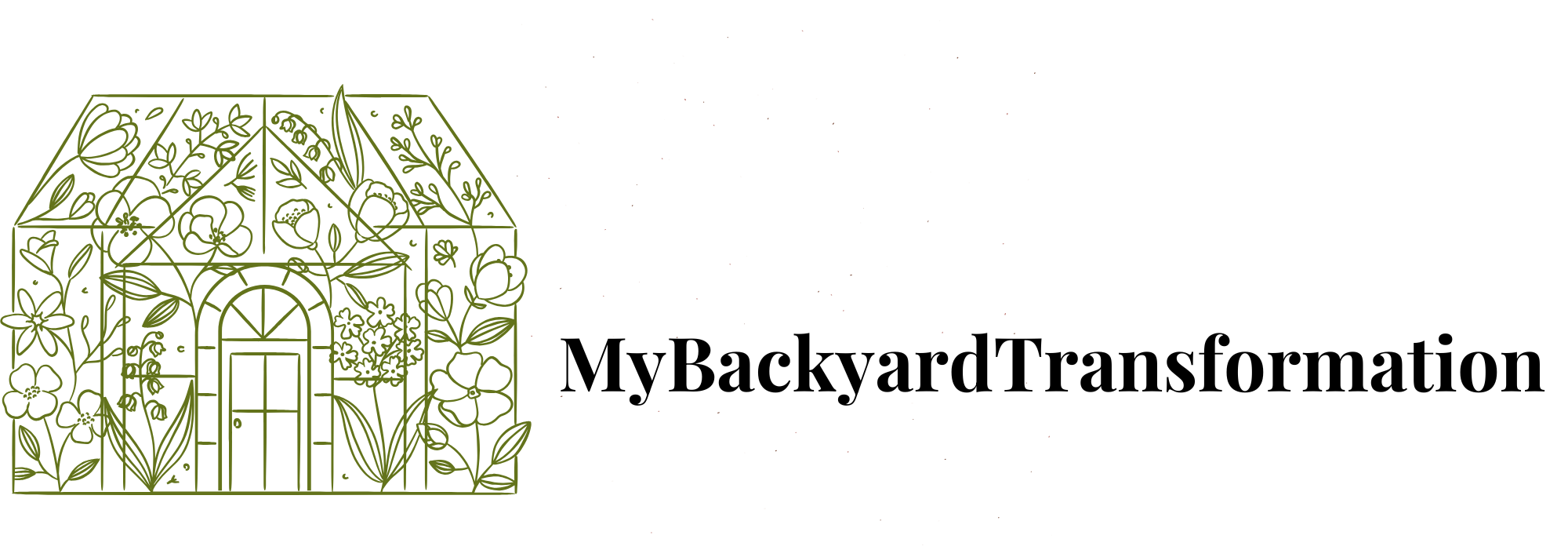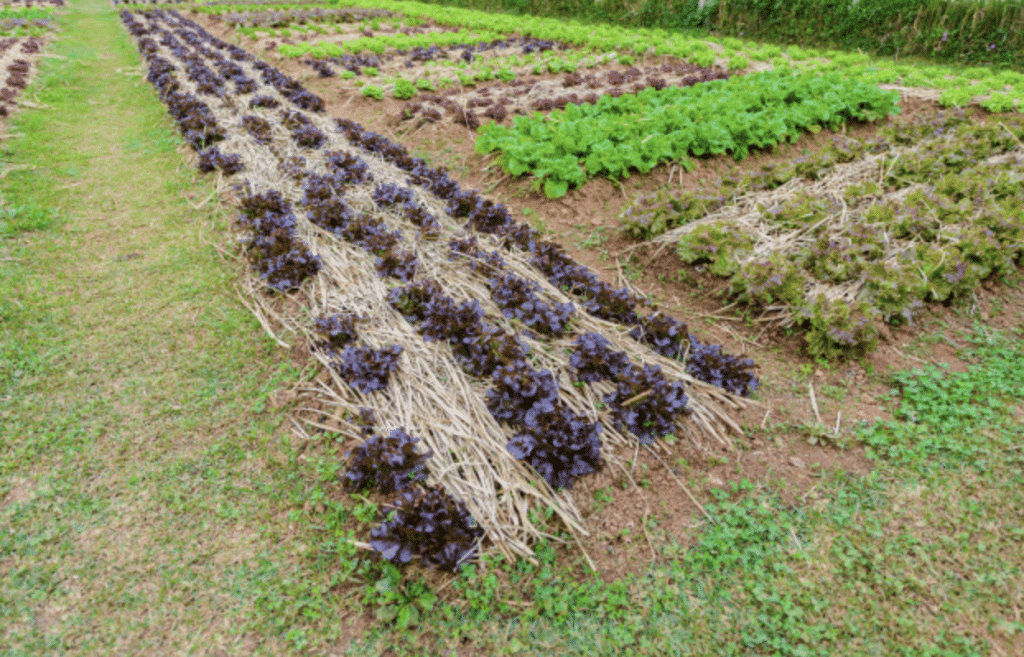 First off, Permaculture is a term that is a combination of two words – Permanent Agriculture! Permaculture! The actual definition of Permaculture found in the dictionary is this – “A system of cultivation intended to maintain permanent agriculture or horticulture by relying on renewable resources and a self-sustaining ecosystem.” In other words, it is a concept and design that is geared towards sustainable, ecologically oriented growing and harvesting of food that actually supports the natural ecosystem of the land. Vegetable gardens, fruit gardens, animals and housing. In short it is just a diversification of crops. It is learning how to plant and grow multiple different food plants together in the same area and using more perennial plants. The term Permaculture is relatively new, but the practices and the type of farming are extremely old-fashioned and they will be found in many indigenous cultures all over the world.
First off, Permaculture is a term that is a combination of two words – Permanent Agriculture! Permaculture! The actual definition of Permaculture found in the dictionary is this – “A system of cultivation intended to maintain permanent agriculture or horticulture by relying on renewable resources and a self-sustaining ecosystem.” In other words, it is a concept and design that is geared towards sustainable, ecologically oriented growing and harvesting of food that actually supports the natural ecosystem of the land. Vegetable gardens, fruit gardens, animals and housing. In short it is just a diversification of crops. It is learning how to plant and grow multiple different food plants together in the same area and using more perennial plants. The term Permaculture is relatively new, but the practices and the type of farming are extremely old-fashioned and they will be found in many indigenous cultures all over the world.
Here are the basic differences between modern western agriculture and Permaculture. Typically, with modern western agriculture, the land is cleared and divided up into different parcels that are dedicated to growing crops. These parcels of land can be rotated each year to growing different crops. Most of these types of crops are “annual crops”, grown only for 1 season. This type of farming usually stretches for miles without any, or only have very small buffers of wild areas in said crops. Permaculture completely breaks with this way of growing food. Permaculture involves growing multiple crops in the same plot in such a way that will increase total productive output, at the same time reducing problems with pests and weeds.

Simply put… western agriculture tries to tame or control nature. Permaculture is based around working with nature. Permaculture then requires a deeper understanding of plants and animals and their relationships to each other. However, Permaculture can potentially reap immense benefits. The major benefit of Permaculture is a hugely increased yield of crops. In Permaculture, when you combine multiple crops on the same plot of land, the total yield of ALL the crops will be much higher. This means higher income for commercial growers and for homeowners, this can mean a much greater amount of total food productions.
Permaculture also reduces the need fertilizer, and many times will completely eliminate the need for herbicides and pesticides. The labor involved for the initial setup will most times be much greater for Permaculture methods of growing, the long-term maintenance will be greatly reduced, especially the need for pulling weeds. And we all know how much of a pain the in ass pulling weeds can be! Another piece of good news!!! When you recycle both the chemical inputs and the organic waste products from plants and animals, using them as fertilizer, this method of growing also will reduce the amount of pollution that your garden is producing.
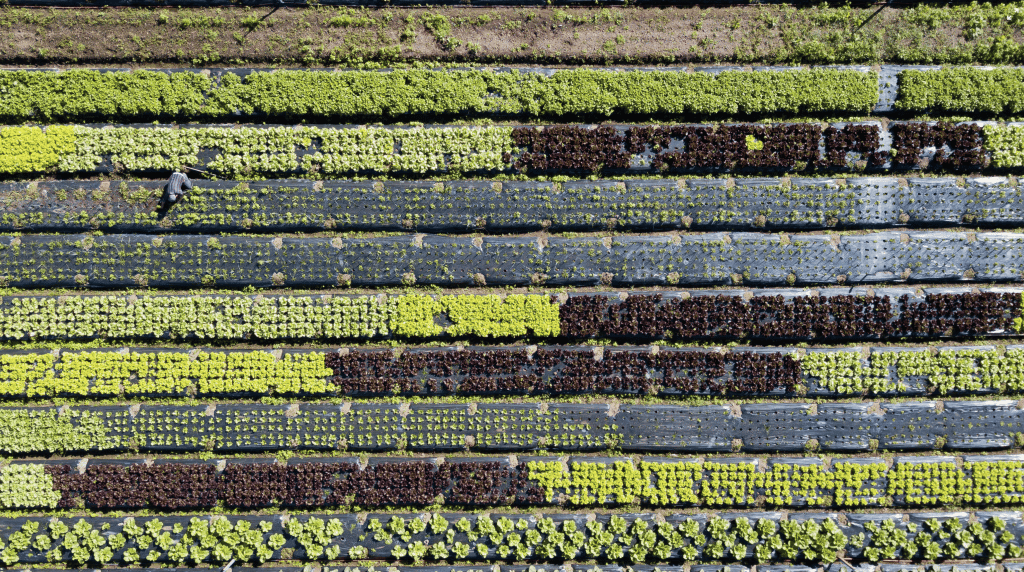 Another benefit of Permaculture is that this method of farming is much more resilient when abnormal weather conditions arise. For example; Very dry, wet, hot or cold spells that will occur from time to time. The increased diversity of your crops will provide a certain measure of security because certain plants will have different levels of resistance to certain types of different nasty weather conditions. But the increased biomass totals of your garden; meaning more stored water reserves, greater buffers against the wind and better cooling potentials in hot weather, also means increased resilience of your total farming system.
Another benefit of Permaculture is that this method of farming is much more resilient when abnormal weather conditions arise. For example; Very dry, wet, hot or cold spells that will occur from time to time. The increased diversity of your crops will provide a certain measure of security because certain plants will have different levels of resistance to certain types of different nasty weather conditions. But the increased biomass totals of your garden; meaning more stored water reserves, greater buffers against the wind and better cooling potentials in hot weather, also means increased resilience of your total farming system.
Diversification of crops can also be an economic buffer because it shields farmers against fluctuations in prices, such as a glut of certain crops which will lead to lower prices for said crop that year. The end result is a farming system that is not only more productive, but a farming system that is more resilient, stable and predictable in the long run.
A couple of traditional Permaculture examples are as follows:
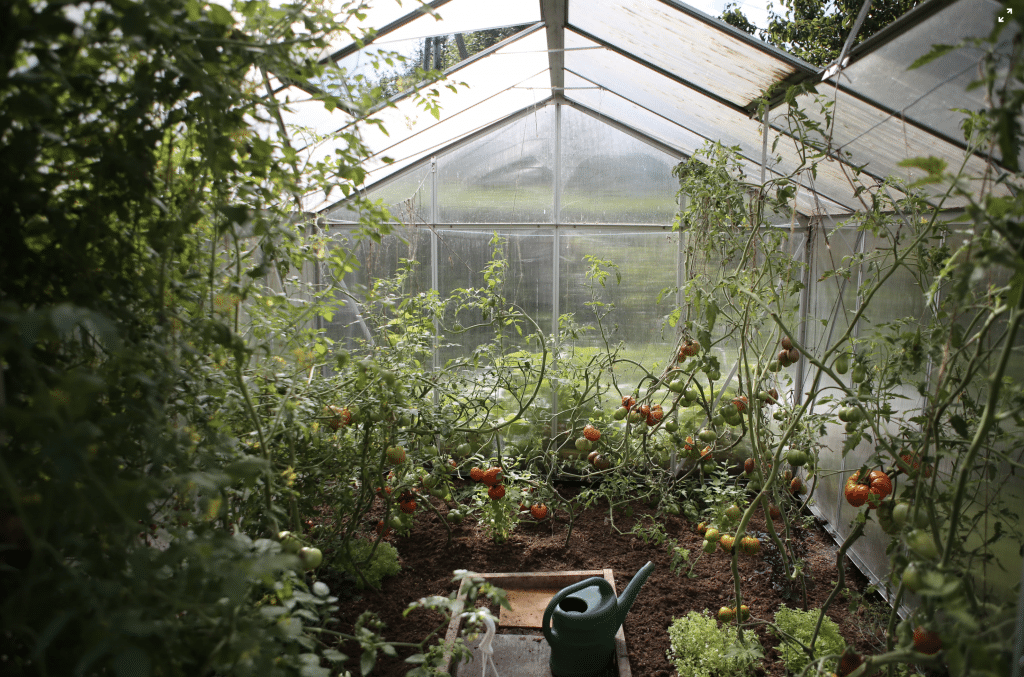 1 – Native Americans in North America widely used a system of growing three plants in the same area, called the three sisters, beans, corn, and squash. These crops complemented each other ecologically as well as nutritionally. The corn would grow upright, providing a pole for the beans to climb. The corn had high nitrogen needs, but the beans were a nitrogen fixer. The squash, also with a vining habit, but more sprawling, would cover the ground, shutting out weeds. The squash also covers the soil, holding in moisture. The crop harvest combines to form a more complete protein for the human diet than beans or corn alone would provide.
1 – Native Americans in North America widely used a system of growing three plants in the same area, called the three sisters, beans, corn, and squash. These crops complemented each other ecologically as well as nutritionally. The corn would grow upright, providing a pole for the beans to climb. The corn had high nitrogen needs, but the beans were a nitrogen fixer. The squash, also with a vining habit, but more sprawling, would cover the ground, shutting out weeds. The squash also covers the soil, holding in moisture. The crop harvest combines to form a more complete protein for the human diet than beans or corn alone would provide.
2 – Another traditional permaculture system from a completely different culture and ecoregion is the VAC system used in Northern Vietnam, standing for Vuon, Ao, Chuong, meaning “orchard”, “fish-pond”, and “shed” for poultry or pigs. This is a highly productive system that produces animal and plant foods as well as fiber and fuel. Waste from the animals is used as fertilizer and fish are bold harvested as output as well as used as food for pigs. This system can produce income for farmers that is 3-5 times higher than that from farming rice alone, and it greatly reduces pollution as well. * Alex Zorach – Why Native Plants?
The ‘Prime Directive of Permaculture’ is to quote Bill Mollison… “The only ethical decision is to take responsibility for our own existence and that of our children.”
Permaculture sets out a universal set of guidelines that are used in designing sustainable ecosystems, and has three key aspects that need to be taken into consideration, namely:
– an understanding of how nature works
– an ethical framework
– and a design approach
This simple combination is then used to create a sustainable and productive, as well as non-polluting and healthy community, and can either mean adapting what there is already or starting with nothing and creating from scratch.
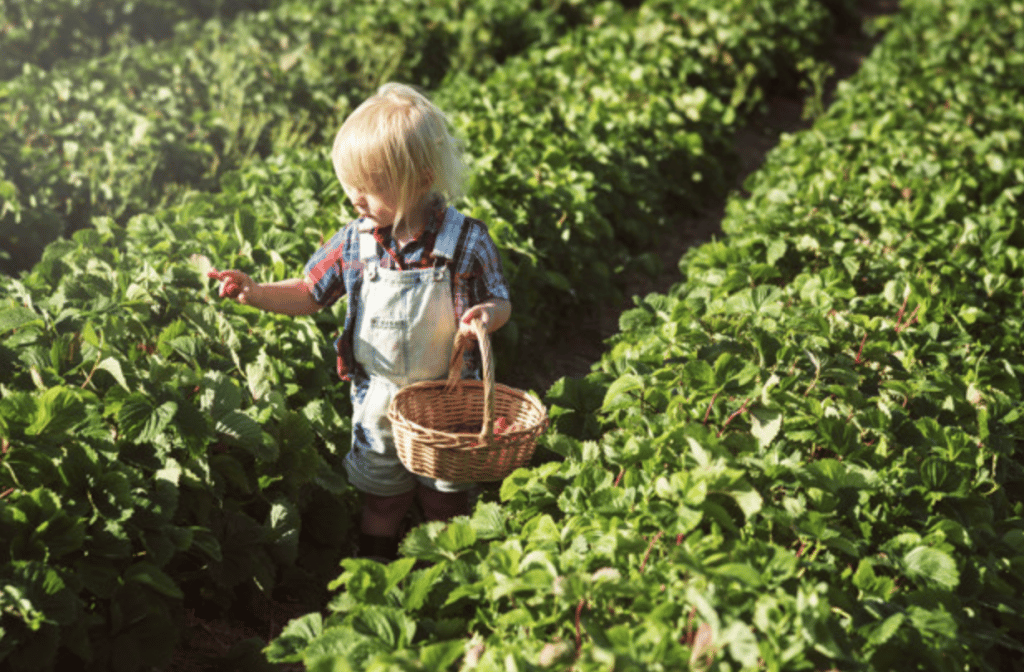 The original principles are as follows:
The original principles are as follows:
– Relative location
– Each element performs many functions
– Each important function is supported by many elements
– Efficient energy planning: zone, sector and slope
– Using biological resources
– Cycling of nutrients, energy, and resources
– Small-scale intensive systems, including plant stacking and time stacking
– Accelerating succession and evolution
– Diversity, including guilds
– Edge effects
– Work with nature rather than against
– The problem is the solution
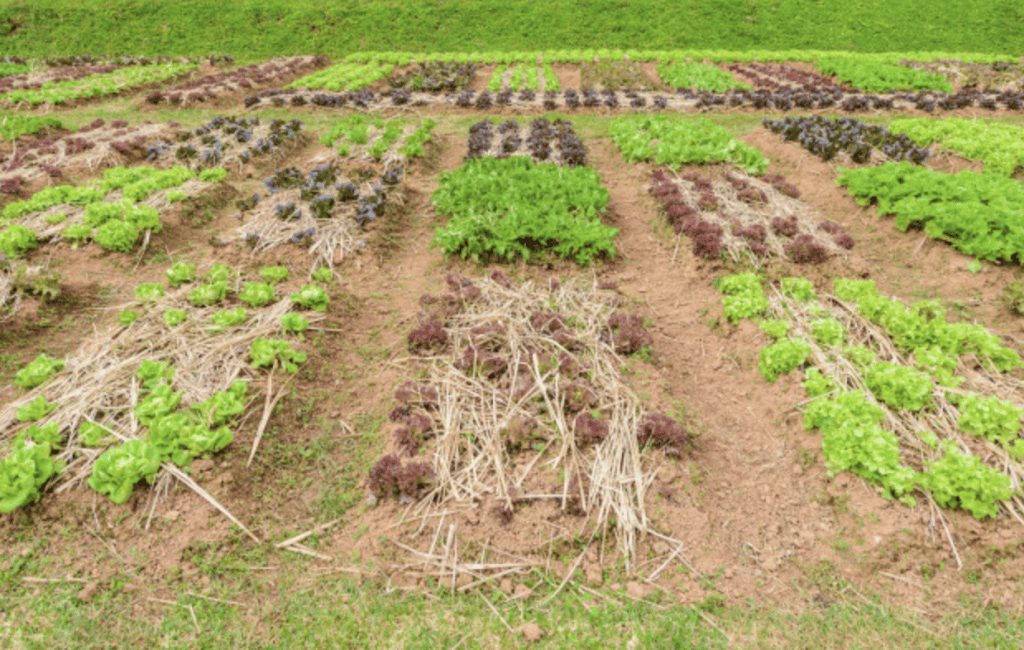
– Make the least change for the greatest possible effect
– The yield of a system is in theory unlimited
– Everything gardens (or modifies its environment)
Clearly stated, the ethics of permaculture are:
– Care of the Earth, which is working with nature as opposed to not, and is the opposite of most of which is happening on the land today in most parts of the world
– Care of People, whether this is individuals or whole communities; everyone has the chance to adopt an environmentally high-quality lifestyle in whichever part of the world you live
– and Setting Limits to Population and Consumption as this is in recognition of the limited resources on Earth and that there are several billion people who need to have a fair share in these resources across the globe
5 Great Permaculture Practices
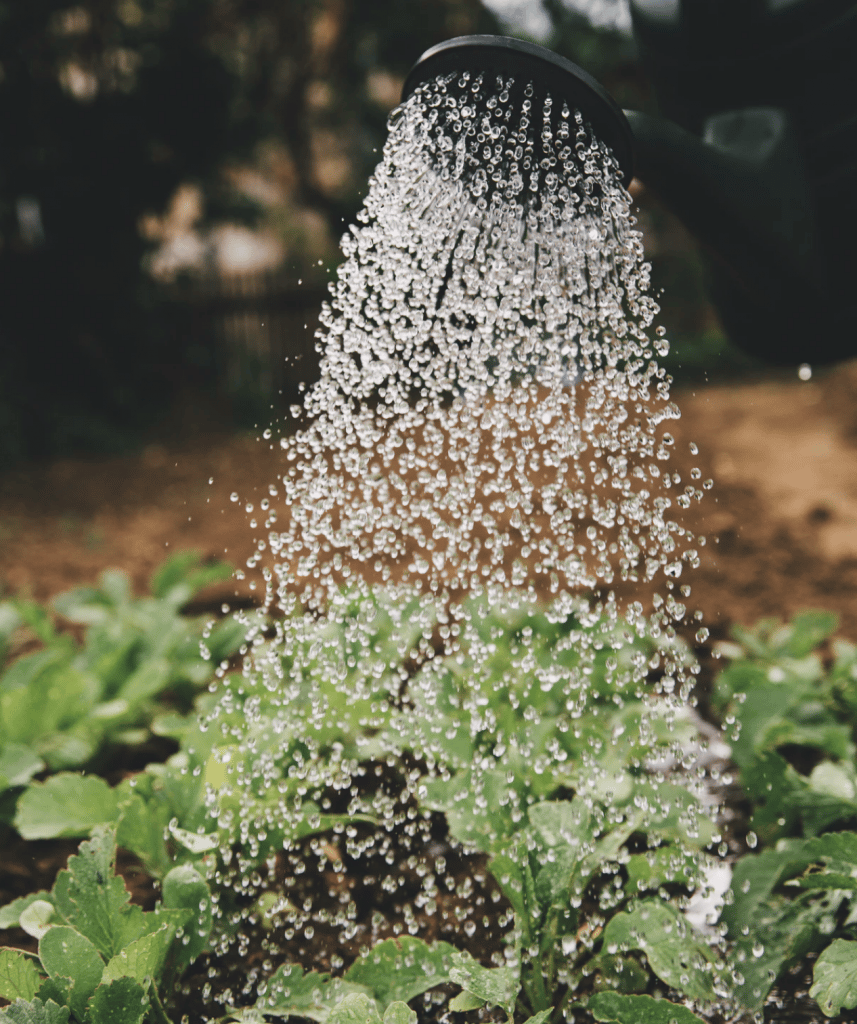 Growing, Picking and Cooking your own home-grown fruit and vegetables is an exciting time. The health benefits are obvious. And although the growing of fruit and vegetables forms a large part of a backyard permaculture system, there is a lot more to permaculture than just growing things.
Growing, Picking and Cooking your own home-grown fruit and vegetables is an exciting time. The health benefits are obvious. And although the growing of fruit and vegetables forms a large part of a backyard permaculture system, there is a lot more to permaculture than just growing things.
Besides the obvious productive benefits of permaculture, your garden is a very calming and relaxing place that can restore balance to a stressful life. The fresh air and scenery will bring back a sense of belonging with nature.
Here are 5 Key areas of a permaculture design system:
- Water – The collection of water forms possibly the most important part of permaculture. Water is the basis of life. Animals need water to drink, as do plants. We all need water to wash, cook and clean things down. Rainwater tanks are a key feature in a permaculture designed back yard. The collection of grey water for watering the garden is also a must do. On larger properties swales are used to collect, divert or slow the flow of water down banks and slopes.
- Animals – On small properties and backyards, chickens provide a regular supply of eggs and meat. Rabbits are also common and provide a supply of meat and fur. Choosing the right breed of rabbit can see young rabbits ready to eat by 8 to 12 weeks of age. On larger properties Cattle, Goats, Sheep and pigs provide meat, milk and leather.
- Power creation – Permaculture systems can see a varied range of power supply from backyard wind generation to generators to Solar Panels. Of course, although many folks will aim to be as self-sufficient as possible, the use of main house electricity is still used by most suburban homes.
- Shelter – I have seen many homes built using permaculture principles. From mud brick homes built from bricks made on the property to mud covered straw bale homes. Traditional building materials and methods are also used.
- Fruit, Vegetables and Grain – The list would not be complete without mentioning the Organic growing of Fruit, Vegetables and Grains. The animals have to eat something, so do you. Plants provide the basis for compost as well. Many vegetables and salad greens can be grown throughout the year in many areas.
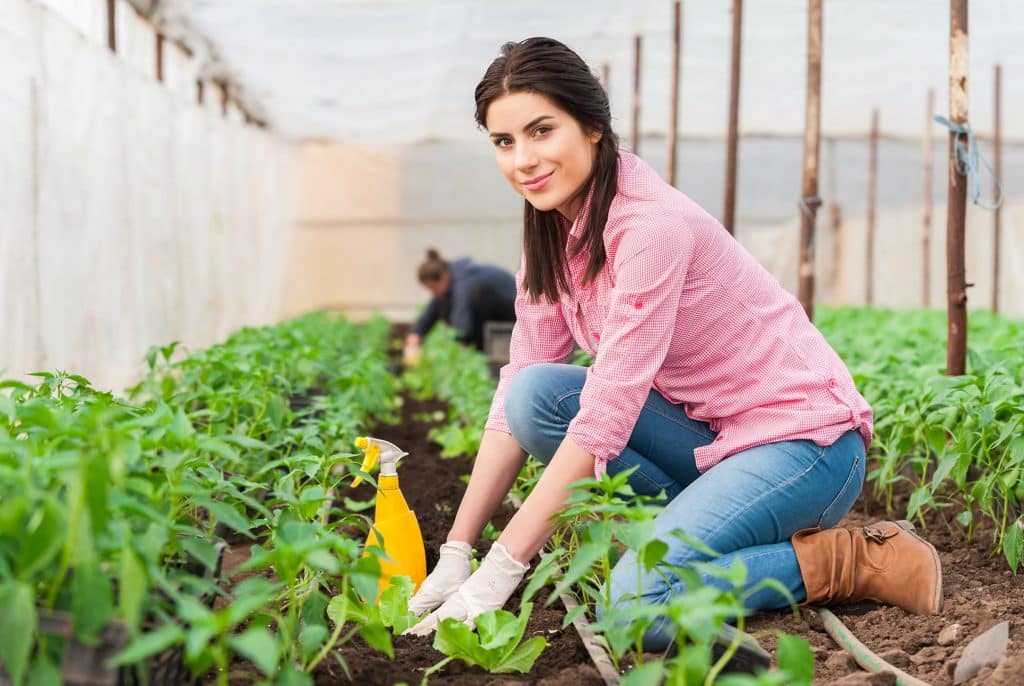 In summary, permaculture is much more than just the things I have written about here in this article. Permaculture holds a strong basis as a key measure to feeding the world one backyard at time. It requires an undertaking of personal responsibility and provides a level of autonomy that no external governing system can deliver.
In summary, permaculture is much more than just the things I have written about here in this article. Permaculture holds a strong basis as a key measure to feeding the world one backyard at time. It requires an undertaking of personal responsibility and provides a level of autonomy that no external governing system can deliver.
Many thanks to the following authors for their kind assistance:
